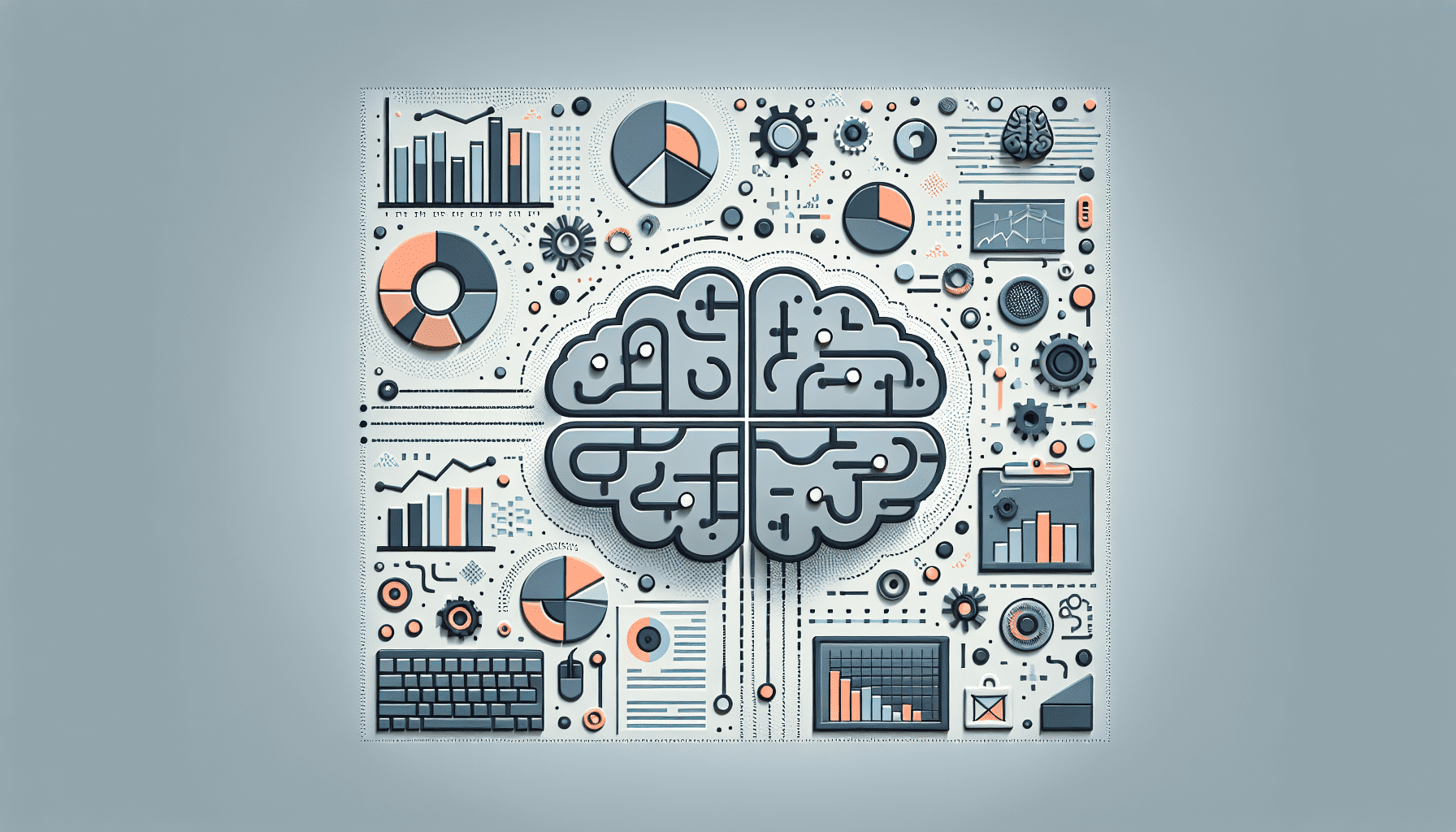Business Intelligence Harnessing Data for Strategic Decisions

Business Intelligence Briefly Summarized
- Business Intelligence (BI) involves strategies and technologies for data analysis and business information management.
- BI tools support decision-making processes, ranging from operational adjustments to strategic planning.
- Core functions include reporting, analytics, data mining, and the development of dashboards and performance benchmarks.
- BI leverages both internal and external data sources to provide a comprehensive view of business operations and market conditions.
- The ultimate goal of BI is to provide actionable insights that lead to a competitive advantage and informed strategic decisions.
Business intelligence (BI) is an essential component in the modern business landscape, where data-driven decisions are paramount to success. It encompasses a variety of tools, applications, and methodologies that enable organizations to collect data from internal and external sources, prepare it for analysis, develop and run queries against the data, and create reports, dashboards, and data visualizations to make the analytical results available to corporate decision-makers and operational workers.
Introduction to Business Intelligence
The concept of Business Intelligence dates back to the late 20th century, but it has evolved significantly with the advent of modern computing and the internet. Today, BI combines business analytics, data mining, data visualization, and data tools to help organizations optimize their performances, identify market trends, increase operational efficiency, and gain a competitive edge in their respective industries.
The Core Components of BI
Business Intelligence is a broad domain, but several core components are central to its function:
- Data Mining: Sifting through large sets of data to identify patterns and establish relationships.
- Reporting: Sharing data analysis results with stakeholders in a structured format.
- Performance Metrics and Benchmarking: Comparing current performance data to historical data to track performance against goals.
- Descriptive Analytics: Using preliminary data analysis to find out what happened.
- Querying: Asking the data specific questions, BI pulls the answers from the datasets.
- Statistical Analysis: Taking the results from descriptive analytics and further exploring the data using statistics such as how this trend happened and why.
- Data Visualization: Turning data analysis into visual representations such as charts, graphs, and histograms to more easily consume data.
- Visual Analysis: Exploring data through visual storytelling to communicate insights on the fly and stay in the flow of analysis.
- Data Preparation: Compiling multiple data sources, identifying the dimensions and measurements, preparing it for data analysis.
The Role of Data Warehousing
A data warehouse (DW) is a central repository of integrated data from one or more disparate sources. It stores current and historical data in one single place that is used for creating analytical reports for workers throughout the enterprise. The data stored in the warehouse is uploaded from the operational systems (such as marketing or sales). The data may pass through an operational data store for additional operations before it is used in the DW for reporting.
BI in Decision Making
Business Intelligence transforms data into actionable intelligence that informs an organization’s strategic and tactical business decisions. BI tools access and analyze data sets and present analytical findings in reports, summaries, dashboards, graphs, charts, and maps to provide users with detailed intelligence about the state of the business.
The Evolution of BI Technologies
BI technology has evolved over the years to include more advanced capabilities such as predictive analytics, which uses a variety of statistical techniques (like data mining and machine learning) to predict future events based on historical data. Prescriptive analytics goes a step further by recommending actions you can take to affect desired outcomes.
The Impact of BI
The impact of Business Intelligence on an organization’s success cannot be overstated. BI tools empower organizations to gain insight into new markets, assess demand, and gauge the impact of marketing efforts. They also enable businesses to detect issues in real-time and address them before they escalate.
Conclusion

Business Intelligence is a vital tool for any organization looking to thrive in today’s data-driven economy. By effectively leveraging BI tools and strategies, businesses can make informed decisions that lead to increased efficiency, higher revenues, and improved customer satisfaction.
FAQs about Business Intelligence
What is Business Intelligence? Business Intelligence refers to the technologies, applications, strategies, and practices used to collect, integrate, analyze, and present an organization’s raw data to create insightful and actionable business information.
Why is Business Intelligence important? BI is important because it helps businesses make informed decisions by providing a historical, current, and predictive view of business operations. BI tools and strategies enable companies to identify and act on opportunities and threats quickly.
What are the key functions of Business Intelligence? Key functions of BI include data mining, reporting, performance benchmarking, descriptive analytics, querying, statistical analysis, data visualization, and data preparation.
How does Business Intelligence help in decision-making? BI helps in decision-making by providing comprehensive insights into the business and market trends, which allows for strategic planning, operational improvements, and competitive analysis.
What types of companies can benefit from Business Intelligence? All types of companies, regardless of size or industry, can benefit from Business Intelligence. BI can help companies make better decisions, understand their customers, optimize operations, and identify market trends.
Sources
- Business intelligence
- Business intelligence: A complete overview | Tableau
- What is business intelligence? Transforming data into ... - CIO
- What is Business Intelligence (BI)? | Definition from TechTarget
- Business intelligence - Wikipedia
- What is Business Intelligence? | IBM
- What Is Business Intelligence | Microsoft Power BI
- What Is Business Intelligence (BI)? Types, Benefits, and Examples
- What Is Business Intelligence? | Oracle
- What is Business Intelligence - Simplilearn.com